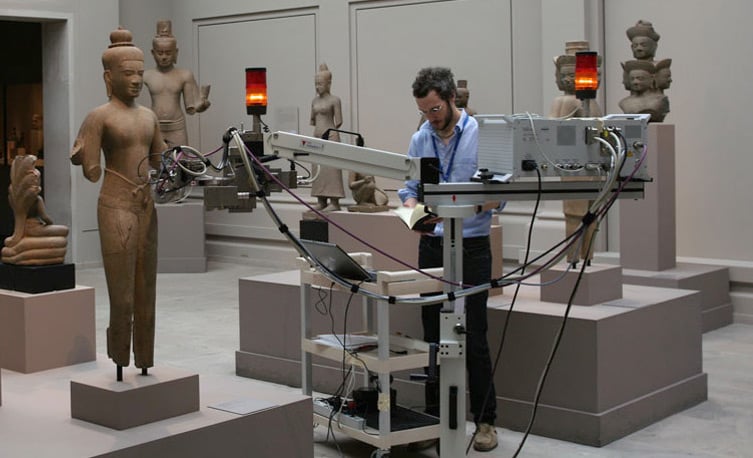

Advances in technology have had a major impact on the art world this year. Cutting-edge research techniques have given scholars and conservationists unparalleled insights into the thought processes and techniques of master artists who died centuries ago, as well as finding long-hidden treasures.
Here we reveal the most fascinating art discoveries of the past year, from secret portraits to glowing sea creatures.
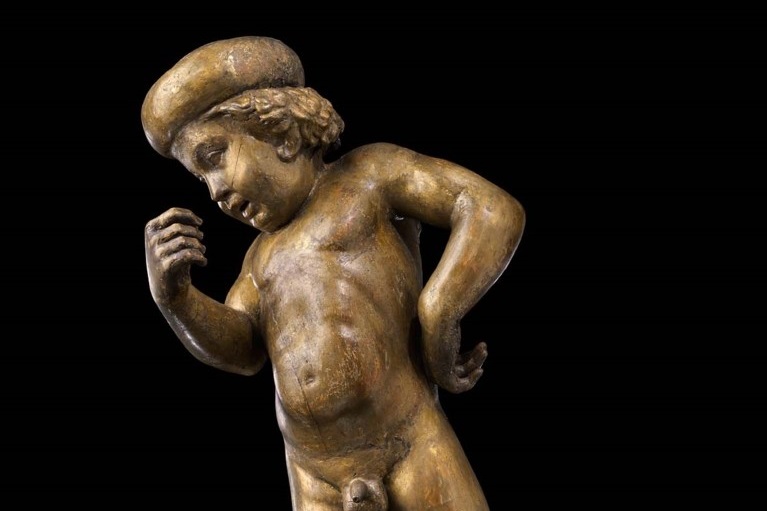
This putto sculpture at the Museum of Fine Arts, Boston, is now believed to be by Donatello.
Photo: Otis Norcross Fund, courtesy the Museum of Fine Arts, Boston.
1. Lost Donatello sculptures discovered
A few years ago, art dealer Andrew Butterfield bought a wooden putto from the estate of Turin-based art dealer Giancarlo Gallino. The sculpture is nearly identical to a similar piece acquired by Boston’s Museum of Fine Arts in the 1960s, which was determined at the time not to be from Donatello’s hand.
But he couldn’t ignore the resemblance. With the help of several Italian Renaissance art scholars, Butterfield secured the stunning attribution this year.
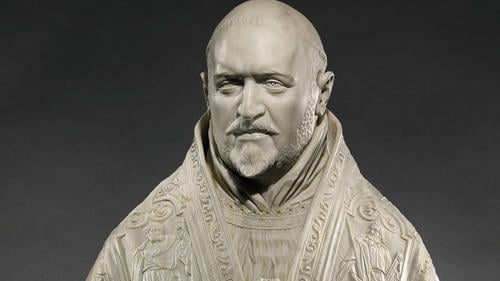
Gian Lorenzo Bernini, Bust of Pope Paul V (1621).
Photo: J. Paul Getty Museum.
2. Rare Bernini bust found by Slovakian art dealer
A Slovakian art dealer took a gamble on a misattributed marble bust, which turned out to be an incredibly rare early work by Gian Lorenzo Bernini. In June, Bust of Pope Paul V was acquired by the Getty Museum in Los Angeles for $33 million.
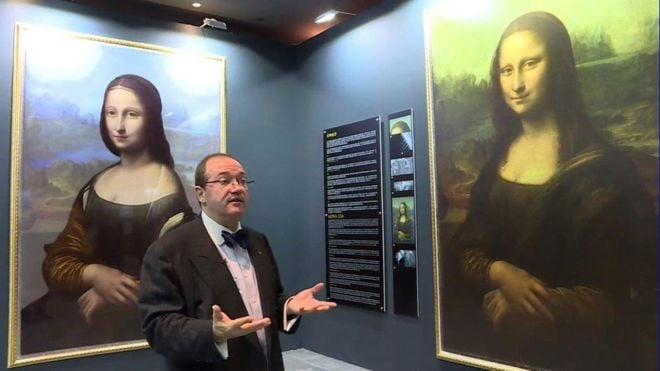
The image on the left is a digital reconstruction of what Pascal Cotte believes lies underneath Leonardo da Vinci’s Mona Lisa. Photo courtesy of Brinkworth Films.
3. Leonardo’s Mona Lisa has another portrait hiding underneath
Over the course of a decade French scientist Pascal Cotte used reflecting light technology to analyze the most famous painting in the world. According to the researcher, the original painting did not include the sitter’s enigmatic smile. The findings could reveal more information on Leonardo da Vinci’s process, as well as help definitively identity of one of the most famous women in the world.
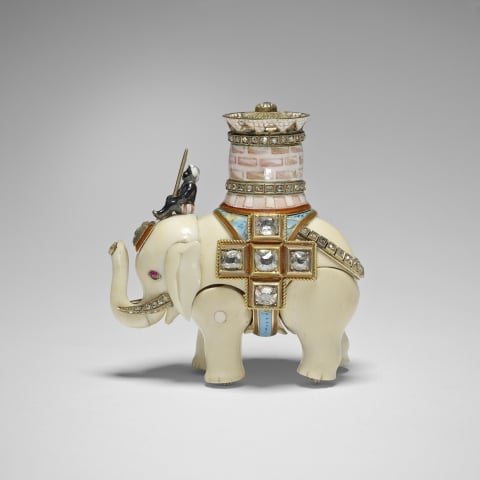
Peter Carl Fabergé, the elephant automaton from the Diamond Trellis egg (1892).
Photo: Royal Collection Trust/© Her Majesty Queen Elizabeth II 2015.
4. Lost Fabergé egg elephant discovered
This year, researchers found a secret object in a Fabergé egg belonging to the British royal family’s art collection. The Diamond Trellis Egg, commissioned by czar Alexander III in 1892, contains an automaton elephant embellished in diamonds and rubies. Despite its age, restorers were happy to note that the automaton still works perfectly.
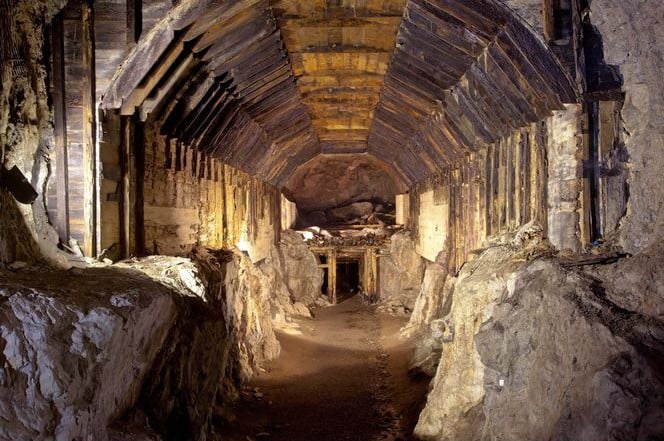
Part of the Nazi’s subterranean system built in what is today Gluszyca-Osowka, Poland, here seen in March 2012.
Photo: AP.
5. Nazi treasure train is likely a bust
Two men claimed to have discovered a long-lost military train near the Polish city of Walbrzych, which experts thought could contain gold, gems, and priceless works of art looted by the Nazis during WWII.
“We are still waiting for the facts to be established but we very much hope that it is a legitimate find—all opportunities to identify and restitute looted property from the Nazi era must be welcomed,” the Art Recovery Group’s Jerome Hasler told artnet News via e-mail.
But in December, professor Janusz Madej from Krakow’s Academy of Mining told BBC News, “There may be a tunnel. There is no train.”
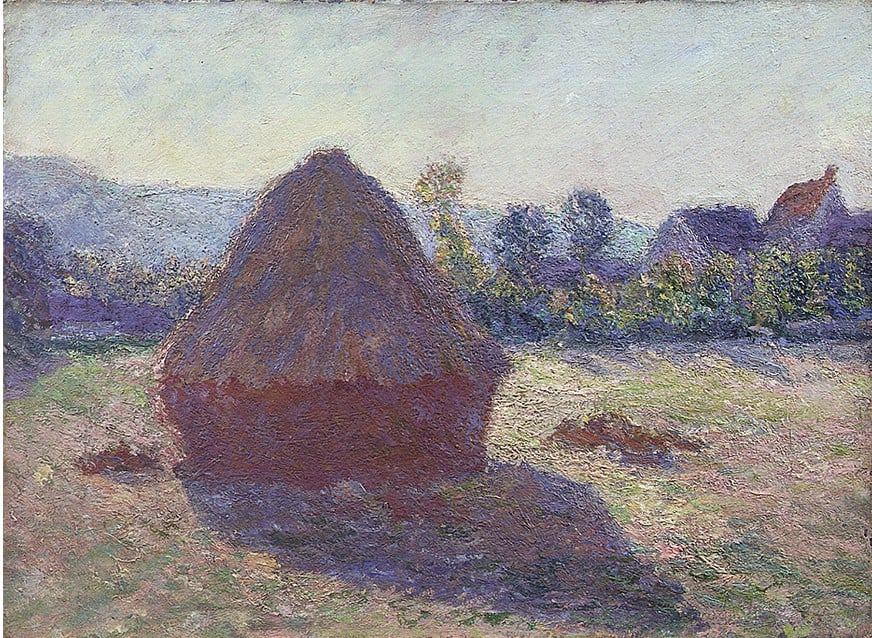
Claude Monet, A Haystack in the Evening Sun (1892).
6. Researchers find Monet’s hidden signature
Researchers at Finland’s University of Jyväskylä used a hyperspectral camera and an XRF device to uncover Claude Monet’s signature obscured under a layer of paint in A Haystack in the Evening Sun.
Until now, researchers have been skeptical of the authenticity of the 1891 painting due to the missing signature.
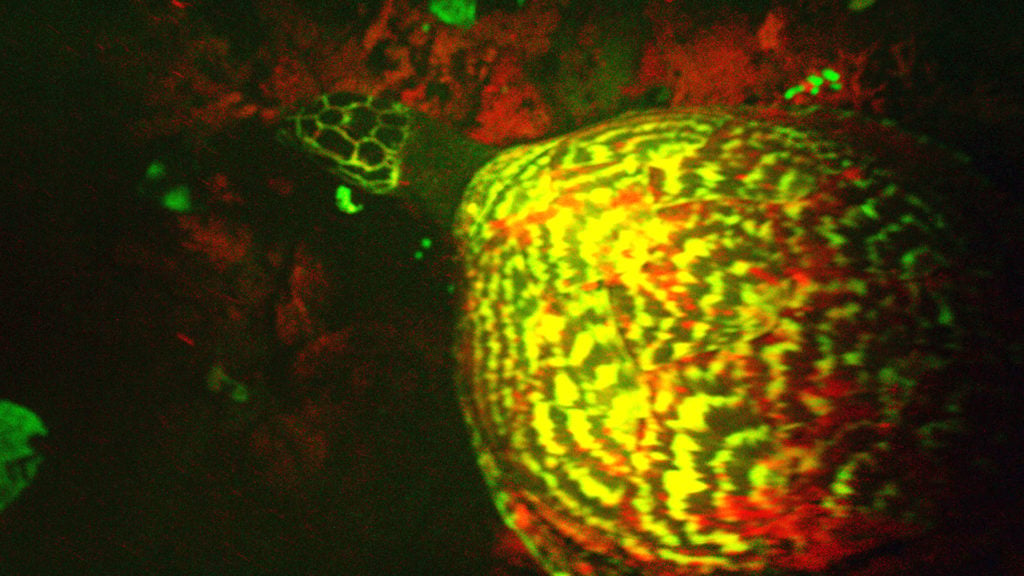
A glow-in-the dark hawksbill sea turtle. Photo by David Gruber, courtesy of Luminescent Labs.
7. Art expedition accidentally uncovers new glow-in-the-dark sea turtle
In September marine biologist David Gruber discovered a critically-endangered hawksbill sea turtle that mesmerized its audience. The turtle’s biofluorescent shell changes color depending on the water temperature.
Gruber was participating in a TBA21 Academy expedition—an art initiative which recruits artists, curators and scientist to work on projects relating to environmental issues worldwide. We’re excited to see what the team comes up with in 2016.
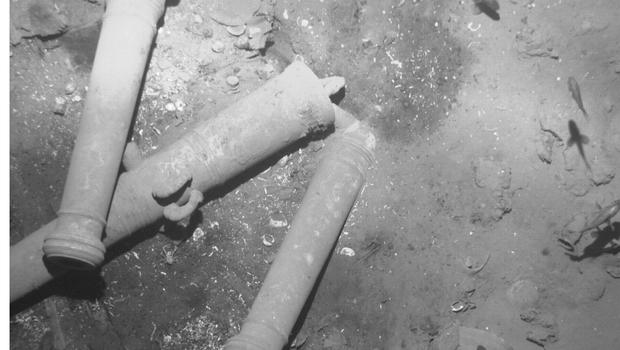
Wreckage from the recently discovered galleon San Jose.
Photo: courtesy the Colombian Ministry of Culture.
8. Columbia discovers 300-year-old shipwreck worth $1 billion
Described by Colombian president Jean Manuel Santos as “the most valuable treasure that has been found in the history of humanity,” the Spanish 18th century galleon San Jose and its treasures were found off the coast of Cartagena on November 27. Ownership is currently being contested by Spain and its former colony.
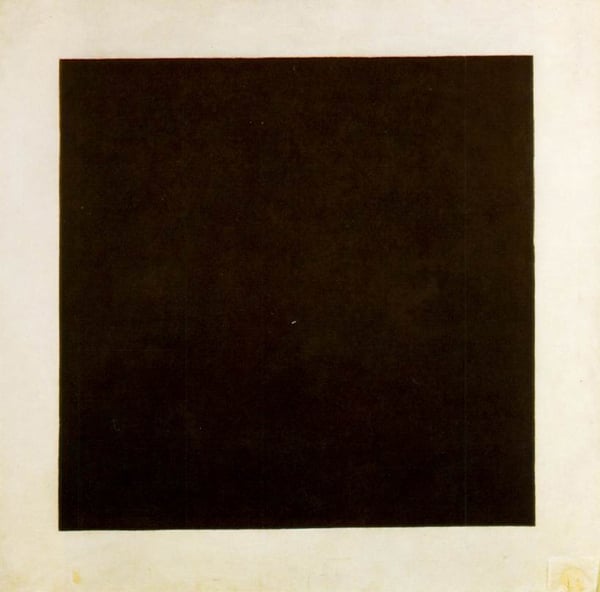
Kazimir Malevich, Black Square (1915).
9. X-ray analysis gives shocking insights into Kazimir Malevich’s Black Square
Researchers at Moscow’s Tretyakov Gallery used X-ray analysis to discover an unsettling joke underneath Malevich’s Black Square (1915). The text is thought to be a response to an 1897 painting by the French writer and humorist Alphonse Allais.
The Russian artist’s influences may be much broader than previously thought.
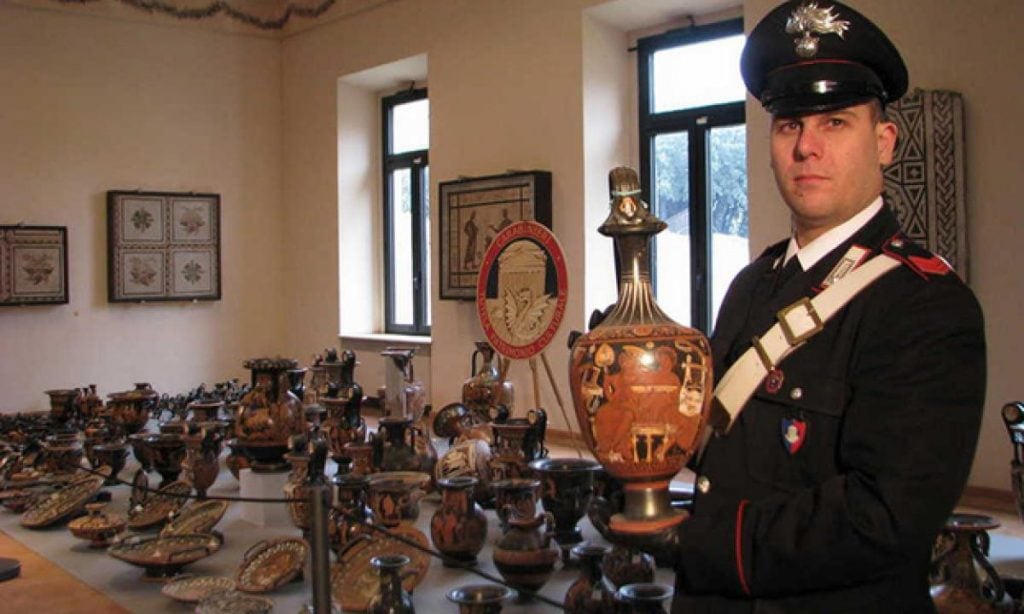
A Carabinieri officer holding one of the recovered antiquities. Photo courtesy of the Ministero dei beni e delle attività culturali e del turismo.
10. $58 million trove of looted antiquities uncovered in raid
A joint investigation by Swiss and Italian police broke up a smuggling ring lead by the notorious Sicilian smuggler Gianfranco Becchina this year, which contained $58 million of illicit antiquities. Police seized 5,361 items in one of the biggest busts of its type in history.








